For almost 40 years, interest rates in Canada and across most of the world have been in a steady decline. In August of 1981, the Prime Rate in Canada was an incredible 22.75% per year.
More recently, interest rates in Canada and across the world have started to rise in an effort to fight inflation.
What Happens to Bonds as Rates Rise?
Bond prices and interest rates are inversely related. Conceptually, if you are holding a bond that pays 3% per year, and interest rates climb from 3% to 5%, you can expect that the price of your bond would drop as higher-paying alternatives emerge.
The opposite is also true; when interest rates fall, bond prices tend to increase.
A floating rate, or variable rate, fixed income instrument adjusts how much it pays based on interest rates. If interest rates are rising, floating rate funds should adjust their payout to investors as well.
In an environment where interest rates are rising, floating rate bonds should outperform regular bonds. If interest rates are beginning to fall, regular bonds will outperform floating rate bonds.
We’ll cover some of the best floating rate funds in Canada and discuss their features below.
Best Floating Rate Funds in Canada
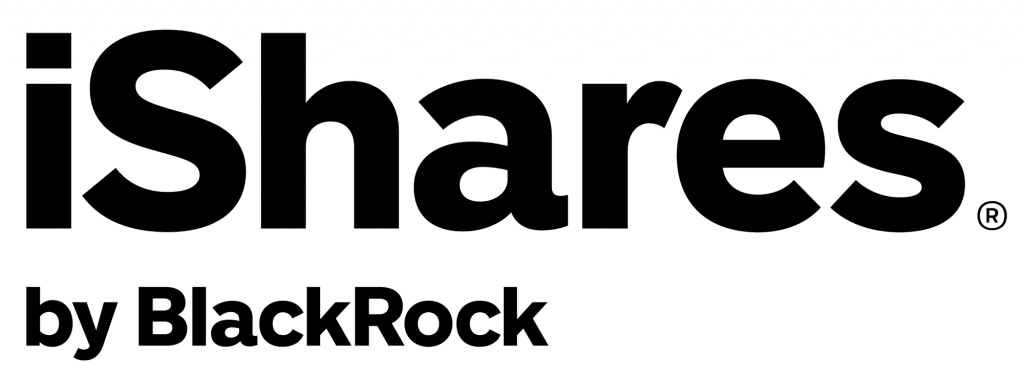
- Ticker: XFR.TO
- Market Price: $20.16
- Inception Date: December 6, 2011
- Assets under Management: $510.44 million
- Management Expense Ratio: 0.23%
- Listed on: Toronto Stock Exchange
- Annualized Yield: 0.59%
- Stock Price: $20.16
- YTD Return: 0.41%
The first fund on our list is XFR offered through Blackrock’s iShares here in Canada. XFR invests in Canadian floating rate bonds. These bonds pay a coupon that adjusts based on changes in interest rates.
XFR is a passive ETF that tracks the performance of the FTSE Canada Floating Rate Note Index, net of expenses.
XFR is a very large ETF with a long performance track record. When compared to other Canadian floating-rate bond ETFs, it is offered at a very low MER.
The iShares Floating Rate Index ETF is labelled as low risk by BlackRock, which is in line with a typical bond fund.
XFR invests in approximately 20 holdings, making it fairly concentrated. These holdings are all Canadian-based, meaning that your floating rate exposure will be impacted mainly by interest rate movements in Canada.
The ETF pays distributions to investors on a monthly basis. It comes with a relatively low yield compared to other fixed income, which is fairly standard for floating rate funds given current interest rates.
Given XFR’s great overall features, it is a great fund to consider for adding Canadian floating rate bond exposure to your portfolio.
2. Mackenzie Floating Rate Income ETF

- Ticker: MFT.TO
- Market Price: $17.3
- Inception Date: April 19, 2016
- Assets under Management: $950.79 million
- Management Expense Ratio: 0.67%
- Listed on: Toronto Stock Exchange
- Annualized Yield: 4.25%
- Stock Price: $17.3
- YTD Return: 1.04%
Next on our list is Mackenzie’s Floating Rate Income ETF. MFT invests in global floating rate fixed-income instruments. This floating rate ETF is actively managed, unlike XFR.
MFT is a larger ETF than XFR but comes with a slightly shorter performance track record. When compared to other floating-rate bond ETFs, it is offered at a high MER. This is likely because of the global mandate of the fund, as well as the active management.
MFT is labelled as low-to-medium risk by Mackenzie, outlining that it invests in riskier bonds than most regular fixed-income funds.
The ETF invests in over 400 holdings, making it extremely well diversified. Although the ETF is labelled as having a global mandate, approximately 80% of the fund is invested in the US. This will give you good exposure to interest rate movements mainly in the US.
MFT pays distributions to investors on a monthly basis and comes with a good yield. This is likely because of the lower quality of companies that the fund invests in, leading to its relatively higher risk rating.
If your risk tolerance matches MFT’s relatively higher risk rating, this is a great floating rate fund to consider.
3. BMO Floating Rate High Yield ETF
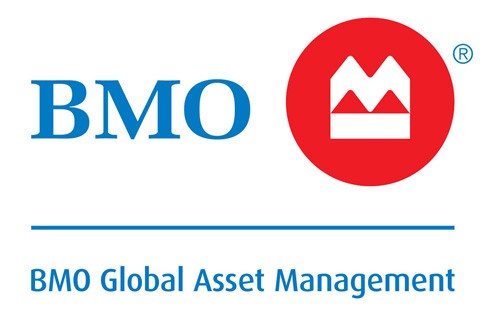
- Ticker: ZFH.TO
- Market Price: $14.61
- Inception Date: February 10, 2014
- Assets under Management: $81.47 million
- Management Expense Ratio: 0.40%
- Listed on: Toronto Stock Exchange
- Annualized Yield: 4.90%
- Stock Price: $14.61
- YTD Return: 0.56%
BMO also offers a floating rate strategy through an ETF here in Canada. ZFH invests in fixed-income instruments in both Canada and the US. The ETF is actively managed by BMO.
ZFH is relatively smaller than both XFR and MFT in assets and comes with a fairly long performance track record. Its MER is also fairly high, but you are again getting an actively managed floating rate fund.
ZFH is labelled as low-to-medium risk by BMO, again outlining that it invests in riskier bonds than most regular fixed-income funds.
The ETF is extremely concentrated, with fewer than ten total holdings. You may want to consider adding a few other fixed-income funds along with ZFH to complete the fixed-income exposure within your portfolio.
ZFH pays distributions to investors on a monthly basis and comes with the highest yield compared to the other funds on our list so far.
Lower-quality bonds in the portfolio will lead to higher risk, but also to a more attractive yield.
Similar to MFT, ZFH is a great floating rate fund to consider at a relatively higher risk rating.
4. Horizons Active Floating Rate Senior Loan ETF
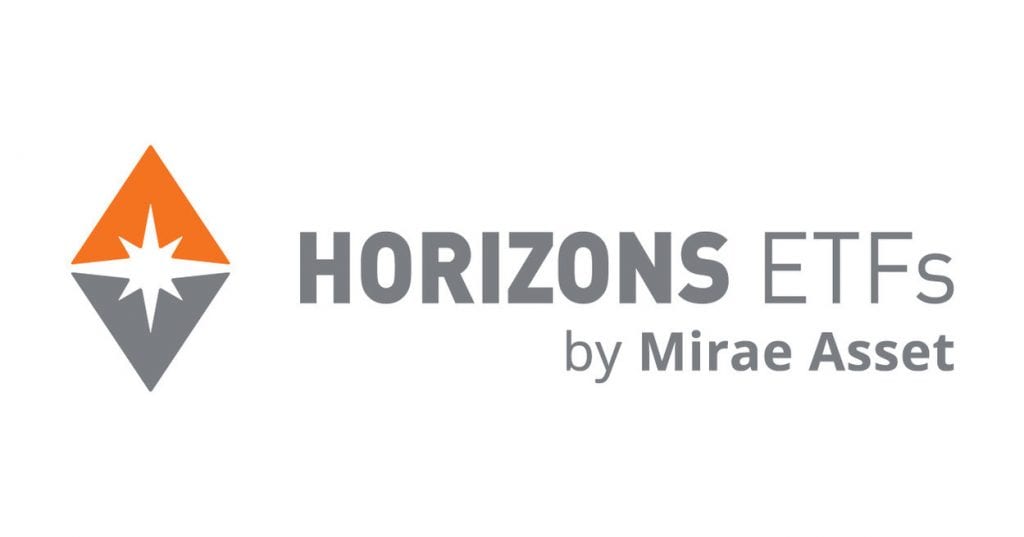
- Ticker: HSL.TO
- Market Price: $8.86
- Inception Date: October 14, 2014
- Assets under Management: $20.82 million
- Management Expense Ratio: 0.96%
- Listed on: Toronto Stock Exchange
- Annualized Yield: 1.64%
- Stock Price: $8.86
- YTD Return: 0.24%
Horizons also offers a floating rate ETF in Canada. HSL invests mainly in the US, across a number of floating-rate loans. The ETF is actively managed and sub-advised by DMAT Capital Management Inc.
HSL is a very small ETF. Relative to the others on the list so far, its assets under management are much lower. Its MER is also very high at 1%.
The ETF is labeled as low risk by Horizons which indicates that its bond portfolio is of a relatively higher quality. HSL is somewhat concentrated, with just under 40 holdings.
HSL pays distributions to investors on a monthly basis and comes with a relatively lower yield than most of the other funds on our list so far.
A smaller ETF like HSL can be at risk of an early closure if it does not manage to gather sufficient assets over time.
Since HSL is a smaller ETF that comes with a very high MER, the other floating-rate ETFs on our list are likely better options to consider.
5. IA Clarington Floating Rate Income ETF

- Ticker: IFRF.TO
- Market Price: $8.72
- Inception Date: November 4, 2019
- Assets under Management: $783.73 million
- Management Expense Ratio: 0.97%
- Listed on: Toronto Stock Exchange
- Annualized Yield: 5.11%
- Stock Price: $8.72
- YTD Return: 0.67%
IA Clarington’s ETF is next on our list of floating rate fixed-income funds. IFRF invests in floating rate debt instruments of global companies. The ETF is actively managed and sub-advised by Wellington Square Capital Partners Inc.
IFRF is a very large ETF and similar in size to MFT. It comes with a very high MER of 0.94%. The fund has a very short performance track record.
IA Clarington has assigned a risk rating of low-to-medium to IFRF. This is again due to the relatively lower quality of fixed income instruments in the portfolio, which should aim to generate a higher yield.
IFRF pays distributions to investors on a monthly basis and pays a very high yield. It is the highest yield of the ETFs covered on our list so far.
The ETF has over 150 underlying holdings, making it well-diversified.
Aside from the high MER, IFRF has great features if you are looking for a floating rate fund to include in your portfolio.
6. CI Floating Rate Income ETF
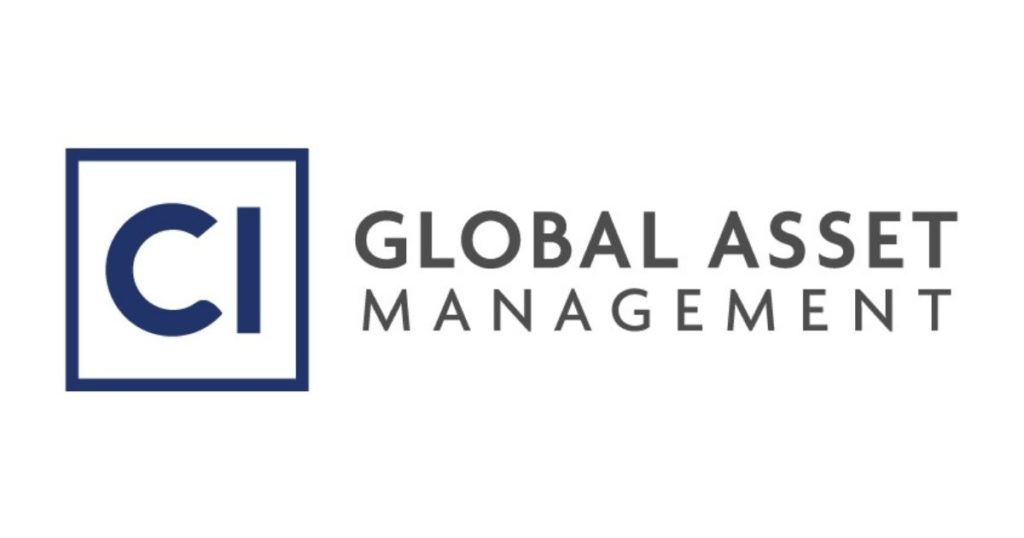
- Ticker: CFRT.TO
- Market Open: $20.38
- Inception Date: April 13, 2022
- Assets under Management: $67.13 million
- Management Fee: 0.35%
- Listed on: Toronto Stock Exchange
- Stock Price: $20.38
The last ETF on our list is offered by CI Global Asset Management. CFRT invests mainly in global floating rate debt. The ETF is actively managed.
CFRT is a small ETF but not small enough to put it at risk of early closure. It comes with an average management fee of 0.35%, with no available MER yet due to its recent inception.
CI has assigned a risk rating of low to medium to CFRT. This again reflects the relatively lower quality fixed income instruments that are held in the portfolio.
CFRT pays distributions to investors on a monthly basis. Its trailing 12-month yield is not yet available as the fund has a very short performance track record.
The ETF has just over 90 underlying holdings, which makes it fairly well diversified.
Due to CFRT’s extremely recent inception, other floating-rate funds on our list are likely better options to consider.
How to Buy the Best Floating Rate Funds in Canada
The cheapest way to buy ETFs is from discount brokers. My top choices in Canada are:
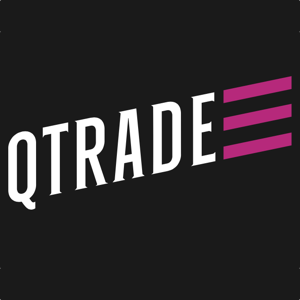
- 105 commission-free ETFs to buy and sell
- Excellent customer service
- Top-notch market research tools
- Easy-to-use and stable platform

- Stock and ETF buys and sells have $0 trading fees
- Desktop and mobile trading
- Reputable fintech company
- Fractional shares available
To learn more, check out my full breakdown of the best trading platforms in Canada.
Conclusion
If you are looking to be well-positioned in a rising interest rate environment, floating rate funds are a great option to consider for the bond allocation within your portfolio.
In a falling interest rate environment, floating rate funds will likely underperform regular fixed-rate bond funds.
Depending on your risk tolerance, the funds on our list range from low to low-to-medium risk. Be sure to always look at the underlying investments of any ETF before investing.
Before purchasing any investment, make sure to consider your specific circumstances, goals, and risk tolerance.





